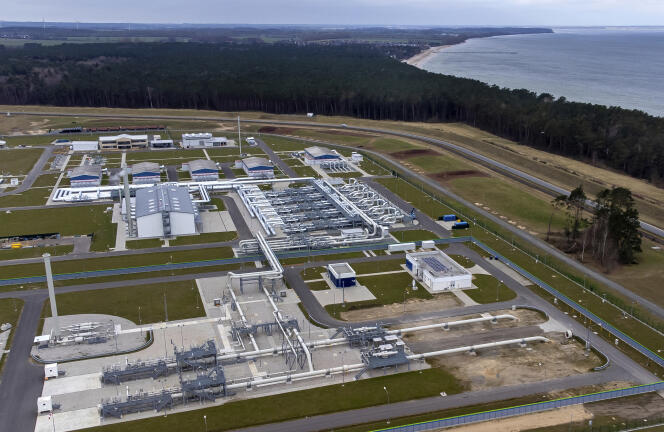Against the threat of Russia, six countries form a “pact” to protect the infrastructure of the North Sea


In April 2023, nine European heads of state and government, including Emmanuel Macron, gathered in the Belgian coastal city of Ostend and signed a declaration aimed at increasing offshore wind power and green hydrogen production from renewable energy in the North Sea tenfold. The Belgian Prime Minister, Alexandre de Croix, was more cautious at the time, stressing the need to protect many critical infrastructures in this maritime zone. In fact, the participants in the Ostend mini-summit also negotiated, cautiously, the development of a “security pact” regarding this ultra-sensitive area in which Russia is very interested.
On April 5, Norway was the last to initial a joint declaration on the protection of the infrastructure of the North Sea, which has already been approved by five other coastal states (Germany, Belgium, Denmark, the Netherlands, Great Britain), all concerned with the protection of the maritime domain, which includes numerous. Oil and gas pipelines, wind farms and even submarine cables used for data exchange and internet links. Essential infrastructure clearly exposed to espionage and sabotage risks amid rising tensions with Moscow.
“No one has forgotten the Nord Stream episode, it accelerated the process”Emphasizes the Belgian military source, referring to the sabotage of the Nord Stream 1 and 2 gas pipelines in the Baltic Sea in September 2022. The identity of their authors was never officially established – after the Russian trail. , now the Ukrainian commandos are suspected.
But in the months that followed, the authorities in Belgium, Denmark and Holland took noticeAdmiral Vladimirsky, a Russian vessel normally responsible for exploring the Antarctic seabed. The boat, lacking an automatic identification system that is supposed to increase navigational safety and traffic management at sea, passed the Belgian coast before being spotted in the Kattegat passage between Denmark and Sweden, then near a Dutch wind farm. . When Danish journalists tried to approach him, armed, masked persons appeared on the ship’s deck. Only a current audit will allow you to determine whether the equipment is damaged or broken.
The need for better coordination
The Russian ship used the rules of circulation in international waters, which are regulated by the UN Convention. “At the moment we cannot do anything, we are not at war with Russia and therefore we respect the rules of international law.explained, on April 9, in the Flemish newspaper from the standardAdmiral Tang Boatman, head of the naval component of the Belgian defense.
Source: Le Monde
Leave a Reply